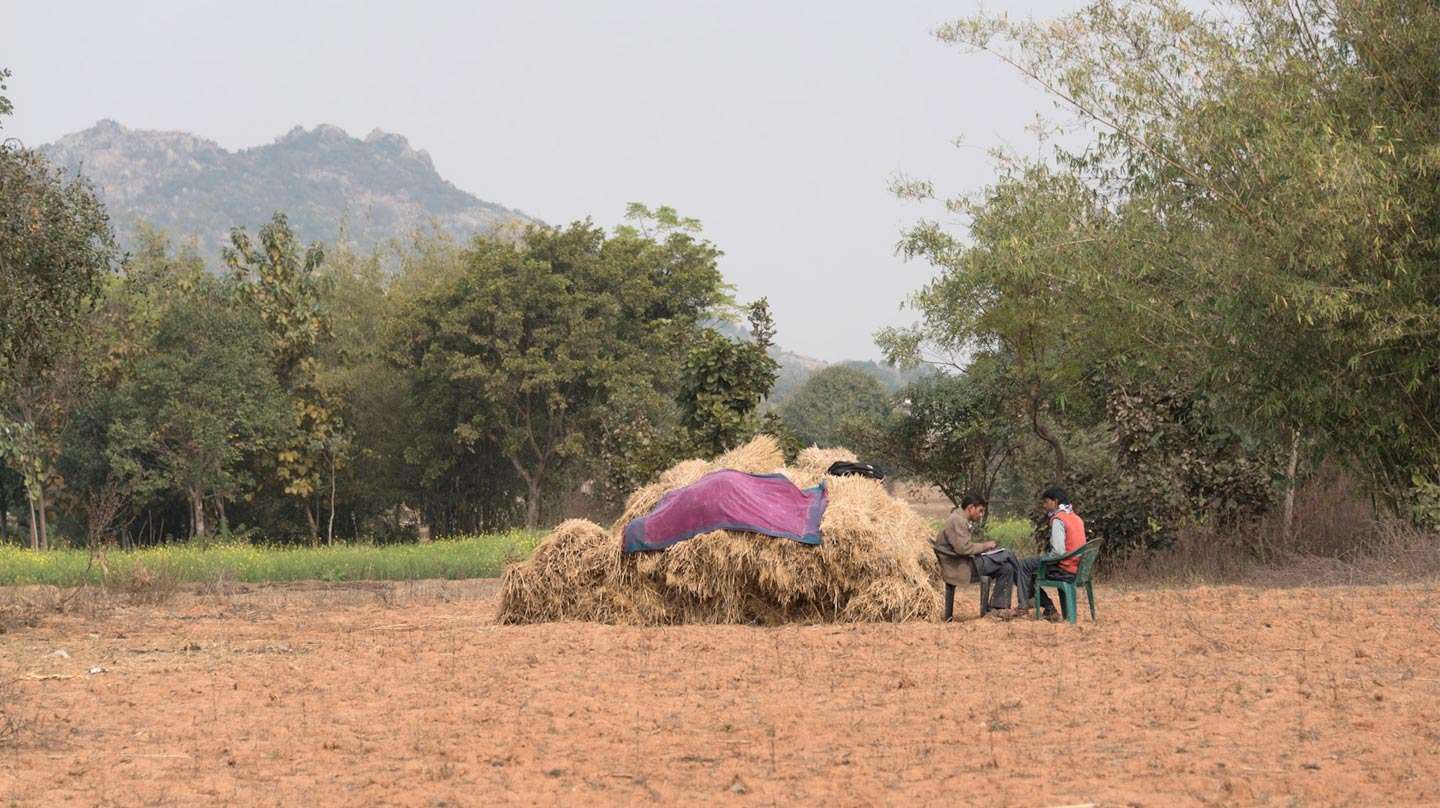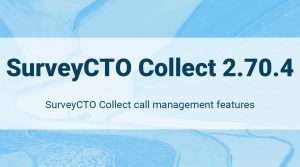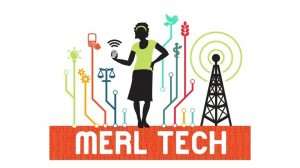This is an interview with Till Ludwig, from the Centre for Development Research, University of Bonn
Tell us a little bit about your research.
Food and nutrition security is a critical issue for more than two billion people globally. It is not only the shortage of food or the access to it, but also an unbalanced diet that is worrying to many. For this reason, the Sustainable Development Goals prominently place the emphasis on a sufficient and nutritious diet.
Our research objective is to better understand why people are choosing a certain diet. Often someone is forced to eat what is available, but mostly – even in impoverished circumstances – choices are made. We understand quite well how certain factors influence diet (e.g. income, education, or demographics), but how individual preferences affect food choices is not yet quite clear. This project looks at individual preferences and how these shape individual nutrition, the nutrition of children, and the general food security of households. As our focus is on rural areas, we also take into account factors that are of fundamental importance to rural populations, like agricultural seasons and environmental or economic shocks.
Tell us about your role on the project. Who else is on the team?
I am Research Fellow at the Centre for Development Research (ZEF) in Bonn, Germany, and a Ph.D. student in Development Economics. I manage this project, which is funded by the German Federal Ministry for Economic Cooperation and Development as well as by the Fiat Panis Foundation.
In Germany, the project is embedded within a project on food price volatility in developing markets at ZEF (see also foodmonitor.org). The project is supervised by Professor Joachim von Braun, Director of ZEF, and there are a variety of additional researchers involved.
In India, the implementation of the project would not be possible without our partners. As this particular project is currently working only in India (the Bangladesh stretch is about to begin), we are cooperating with different partners at the various sites. They are: the University of Calcutta, two NGOs (Pravah and Welthungerhilfe), the Veterinary College of Hassan, and the GIZ Green Innovation Centres Project. For the data collection we are grateful for the support of the National Field Service and Bhoomi Sustainable Development Society.
What aspects of your research are you most excited about?
I am most excited about the novelty of this interdisciplinary research approach, combining economic behavior and agriculture/nutrition topics. The policy implementations that can follow will be of importance to policymakers and project implementation alike, but can serve also as a personal reflection on someone’s own food choices.
What truly intrigued me, though, is the interaction with respondents. The survey design mixes hypothetical games for the preference elicitation with a more traditional household survey approach. The mix seems to be highly interesting to the respondents, which makes the interviews very enjoyable for both respondents and interviewers.
Can you go into more detail about how you have integrated electronic data collection across the entire workflow of your trial?
We are implementing the project in three states of India (Karnataka, Jharkhand, and West Bengal), and we have a similar project in Bangladesh. The survey design, monitoring needs, logistics, and time limitations quite early made the choice of CAPI (computer-assisted personal interviewing) a given. Some examples of how electronic data collection was used and how we saw the advantages:
- Survey design: SurveyCTO is utilized for household surveys, hypothetical games, market surveys, and group discussions. The clear advantage became apparent when we conducted the games. In behavioral economics, simple decision games are played in order to elicit certain preferences, such as time preference, risk aversion, or mutual behaviors. These are simple to play, but tricky in preparation and documentation as many conditional choices are included. In a paper version, an enumerator would jump from question to question depending on the given answer, a process which is often prone to mistakes. However, conditions can simply be coded when using CAPI, virtually eliminating this margin for human error.
- Monitoring: Our data collection teams involved up to 11 people per site, plus a number of supporting staff, generating 20 to 30 household interviews and other form submissions per day. We had only one supervisor per site, but at the same time various villages to cover. Direct monitoring of the enumerators was not feasible, let alone judging the data quality on an ad hoc basis. Using SurveyCTO and mobile networks, data-entry could be followed in near-real-time. With GPS and certain control mechanisms, we could check whether enumerators were actually conducting the interviews at the households, and we could check the submitted data for quality and entry errors every evening. On the very next day, we could take appropriate measures for corrections, if needed, without losing time or other resources. In this way, we could ensure a good quality output, which should be at the heart of each survey.
- Logistics: Our total sample size is around 1,400 households, including around 7,000 individuals, 140 villages, and 25 markets. If we had used paper-based surveys, we would have needed more than 100,000 sheets of paper (in a conservative calculation). This amount is not only environmentally hard to justify, but also impossible to carry. The tablets, on the other hand, will be used for many surveys to come, which helps to further reduce the ecological footprint. Moreover, we did not lose any information during data transmission nor did we have any problem with cataloging the information, which would have been a clear issue with paper.
These are just a few examples, but you get the point: electronic data collection was superior to paper-based data collection in many aspects, thus we integrated this technique into our workflow.
What advice do you have for other researchers doing similar work?
CAPI can improve your workflow for primary data collection a lot. Steps that are prone to errors are circumvented and the work with the data can start instantaneously. However, this comes at the cost of a much bigger investment in the preparatory phase, before the data collection. The creation of sophisticated CAPI surveys requires a considerable amount of time, particularly until every single coding error is eliminated. More field tests than with traditional paper-format surveys are required. Also, the training of enumerators on the tablet usage requires more effort. Technical issues usually come up in the field, which need to be dealt with. Mobile networks are not always available, which needs to be considered if you are aiming for near-real-time monitoring.
SurveyCTO makes it as easy as possible to avoid or deal with these problems. Yet every researcher needs to be aware of the initial time investment and thorough preparation required. Nothing is more frustrating than a delay because of improper preparation!
Looking back at more than one and a half year of preparation and implementation: without SurveyCTO, the implementation of the project would have not worked as smoothly, and I would not do it differently if I had to do it again.
Photo credit: Till Ludwig, Centre for Development Research, University of Bonn




